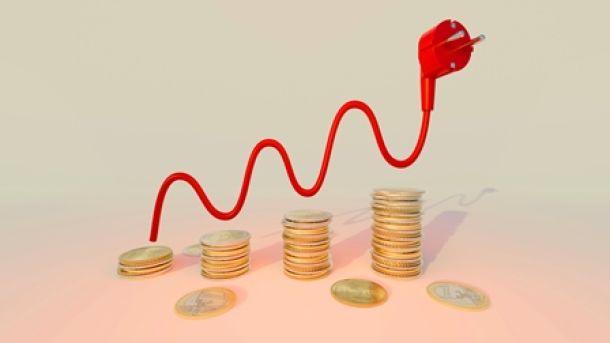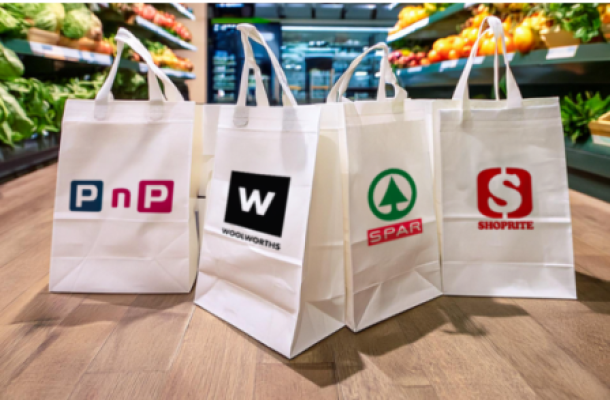Mastercard research shows small retailers showing better growth than national chains
As consumer habits change and the retail landscape has to also change to meet the challenges of on-line shopping,
Mastercard Inc, in a recent US survey which tracks purchasing patterns, has picked up that, whilst big chain stores still account for the majority of shoppers’ purchases, spending growth at mom-and-pop businesses has outpaced that of the big chains in the past two years.
- Small retailers are seeing better growth than national chains. Sales growth at small businesses, defined as having less than $50 million in annual sales, was 7.3 percent last year, according to Mastercard. That compared with 4.6 percent for total retail sales. Small business purchases account for 37 percent of total spending.
- Brick-and-mortar shoppers increasingly want a personal touch which bodes well for their long-term relevance and success.
- Consumers are shopping closer to home and not necessarily at malls.
- The emergence of small, specialist retailers often in ‘pop-up’ or neighbourhood clusters.
According to Sarah Quinlan, senior vice president at credit-card giant Mastercard Inc., Americans, when they’re not shopping online, are looking for more personal connections and advice – something they find lacking at national retailers. “The consumer is shopping small,” she said.
This doesn’t mean the end of the big chain store. The cream of the crop top malls still pull in the crowds; it’s the other two-thirds of smaller malls that are struggling as neighbourhood clusters with unique and different offerings are attracting more affluent shoppers wanting something different and prepared to pay for it. To compete malls are having to offer shorter leases and better rates to tenants.
Holiday and ‘pop-up’ markets
Holiday markets have capitalized on the trend, letting small businesses offer their wares in bustling pop-up shopping districts proving that, whilst on-line shopping has changed the shopping landscape and is often price-driven, people essentially still enjoy browsing and looking at what they buy before purchasing. This does come at a higher price as smaller businesses can’t buy in bulk, but shoppers don’t seem to mind, especially if they are finding more unusual items.
Online keeps growing but bricks and mortar still relevant
The US National Retail Federation estimates online growth will still overshadow both the big chains and local stores with e-commerce sales expected to grow between18 percent to 21 percent during the holiday season – well above the roughly 4 percent expected for the retail industry overall.
Whilst it’s hard for brick and mortar stores to compete with the convenience of a few mouse clicks or with big stores and their latest technology in apps and loyalty programmes, offering a unique or specialised range of products and a retail ‘experience’ to go with it is fuelling the growth of small businesses who can offer a more personalised service.
News Category
- International retailers
- On the move
- Awards and achievements
- Legislation
- Wine and liquor
- Africa
- Going green
- Supplier news
- Research tools
- Retailer trading results
- Supply chain
- Innovation and technology
- Economic factors
- Crime and security
- Store Openings
- Marketing and Promotions
- Social Responsibility
- Brand Press Office
Related Articles

Checkers Sixty60 wipes floor with Pick n Pay As...

Top tips for consumers to combat escalating ele...

Clear winner in South African retail battle

Drinks survey reveals Rooibos as a top choice a...


